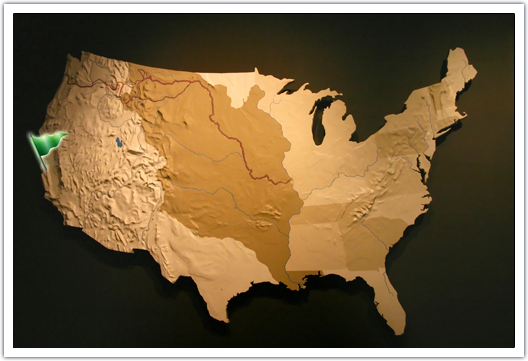Franciscan missionaries establish Mission Dolores as a Spanish presidio on San Francisco bay.

Events and explorations taking
place on the West Coast are as 'history making' as those on the
East Coast, but neither group will learn of the others' exploits
and successes at colonizing Indian Country for years to come.
Eventually, all of the lands claimed by the king of Spain
would revert to Mexico, and the land cessions that followed the
Mexican-American War, in 1846, would bring most of the land settled
by the Spanish into the American republic. Those land cessions
would bring with them the terms of treaties that had been signed
between Spanish kings and queens, and Indian tribes, in the 17th
century. Recent U.S. Supreme Court cases over land disputes
in the state of New Mexico have upheld the validity of those
centuries-old treaties, even though they were signed by the
sovereigns of other nations. This transfer of treaty rights
from one country to another is a foundational legal construct of
International law.
In 1850, less than two years
after the discovery of gold on the American River in the Sierra
mountains by James Marshall, an employee of John Sutter, California
achieved statehood. The new state joined the republic 'glittering
with gold and dripping in blood.' The peaceful Indians who
had befriended the Spanish for centuries would not fare well with
the arrival of gold-fever. Slaughtered like vermin by the
flood of 'Forty-niners' who came to 'the golden state' in search of
riches, only one in six Indians would survive the first ten years
of California statehood.